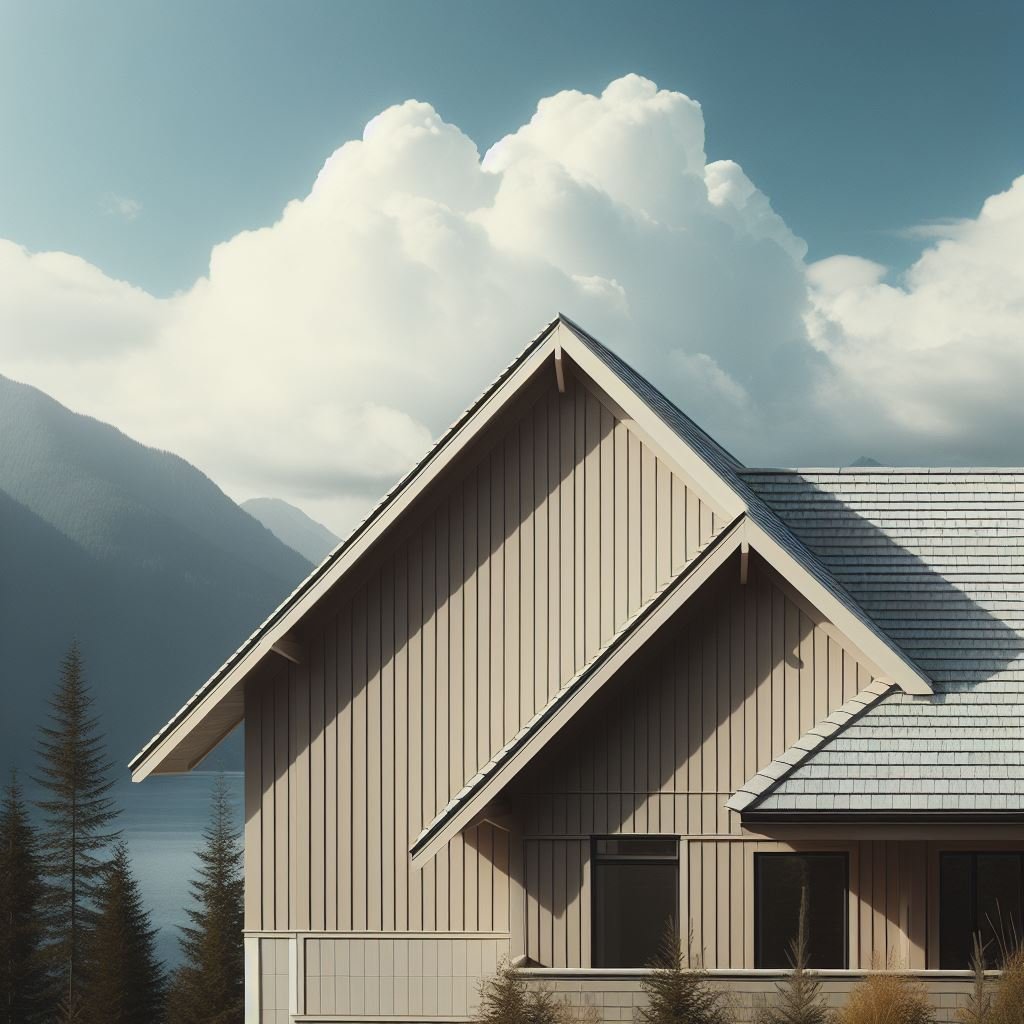The Fundamentals of Proper Roofing Installation: A Step-by-Step Guide
Achieve a durable, weather-resistant roof with our step-by-step guide! Whether DIY or professional help, learn key installation steps and maintenance tips for lasting appeal. Invest wisely in your home's protection and avoid future repair costs.
Are you considering embarking on a roofing installation project? Whether you are a seasoned DIY enthusiast or a homeowner looking to save money by tackling the installation yourself, it is crucial to understand the fundamentals of proper roofing installation. This comprehensive step-by-step guide will equip you with the knowledge and skills to complete your roofing project.
From understanding the different types of roofing materials to following industry best practices, we will cover everything you need to know to ensure a durable, weather-resistant, and aesthetically pleasing roof.
The Process of Roof Installation
Roof installation is a multi-step process that requires patience, precision, and an understanding of key technical aspects. Not all roofing projects are the same; they can vary based on the type of material used, the roof's design, and the building's specific requirements.
Find a Reliable Roofing Expert
If you are not confident in your DIY skills, hiring a reliable roofing expert is advisable. Look for professional and experienced contractors with a good track record of successful installations. Requesting references and asking questions about their experience with similar projects is also essential. Contact them to schedule appointments for inspections and estimates.
Safety First
First and foremost, safety should be your top priority at every stage of the roofing installation project. Be sure to invest in the necessary safety gear, such as a hard hat, safety harness, gloves, and slip-resistant shoes. Also, remember to secure all roofing materials properly to prevent accidents.
Removing The Existing Roof
Before you can install a new roof, you must first remove existing shingles, tiles, or other roofing materials. It's important to inspect the roof deck for any damage and repair it before proceeding with the installation of the new roof.
Underlayment Installation
After repairing and cleaning the roof deck, the next step is to install the underlayment. This protective layer helps guard against water infiltration and plays a crucial role in the overall weather resistance of your roof. There are different types of underlayment, and the choice depends heavily on the roofing material and your location's climate.
Installing The Roofing Material
Lastly, you will be ready to install the chosen roofing material. Whether you are installing asphalt shingles, metal roofing, or tiles, it's important to follow the manufacturer's instructions closely and ensure proper alignment for a leak-proof and aesthetically pleasing result.
Flashing Installation
Once the roofing material is securely in place, it's time to install the flashings. Flashings are crucial to prevent water penetration at areas where the roof surface is interrupted, such as around chimneys, skylights, and vents or at the roof valleys. Usually made of metal, these components should be installed and sealed properly to ensure the longevity and leak-proofing of your roof.
Inspect and Clean Up
After the new roof is installed, carefully inspect your work to ensure everything is properly aligned and secured. Check for any loose materials or tools that may have been left behind and remove them promptly. Regularly maintaining and cleaning your roof can significantly increase its lifespan.
"Proper roof installation is a meticulous process, requiring attention to detail and safety precautions at every step. When considering a MidSouth Construction roof replacement, it's essential to prioritize safety, hire experienced professionals, and follow manufacturer guidelines for optimal results. From removing the existing roof to installing the underlayment and final roofing material, each stage demands precision to ensure a durable and weather-resistant outcome." - project manager at MidSouth Construction
Roof Maintenance Tips for Longevity
Even with a newly installed roof, regular maintenance and care are essential to ensure its longevity and optimal performance. Just like any other part of your house, your roof requires attention and care to retain its durability and aesthetics. Here are some tips to help you maintain your roof well:
Regular Inspection
Regular inspection is a crucial part of roof maintenance. Look out for signs of damage or wear, such as missing or cracked shingles, rusted flashings, or moss and algae growth. Early detection of problems can save you from costly repairs in the future.
Clean Your Gutters
Ensure that your gutters are clean and free of debris. Blocked gutters can cause water to overflow and seep into the roof structure, leading to serious damage. Cleaning your gutters regularly, especially after a storm, can help prevent this.
Trim Overhanging Branches
If you have trees near your house, make sure to trim any branches that hang over the roof. They can damage the roof or gutter system when they fall due to strong winds or heavy snowfall. Additionally, leaves from these branches can accumulate on your roof or in gutters, leading to rot and damage.
Check the Attic
Don't forget to inspect your attic regularly. Look for signs of roof leaks, such as water stains, moisture, or mold.
Schedule Professional Inspections
While you can perform basic roof maintenance tasks, it's advisable to schedule professional inspections regularly. Roofing professionals have the experience and knowledge to identify potential issues that you might overlook. They can also advise you on the best maintenance practices for your specific roof type and location.
Conclusion
Roof installation is a complex process that requires careful planning, patience, and attention to detail. By following industry best practices, investing in quality materials and safety gear, and performing regular maintenance, you can ensure a long-lasting and visually appealing roof for your home. Don't hesitate to seek professional help when needed, and remember that a well-maintained roof can save you from costly repairs in the long run.






























